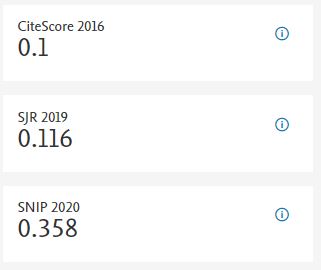Elderly Factor Impacts In Entrepreneurship & Economic Development of South Asia
Abstract
Entrepreneurship serves as a positive source of economic growth and development. Governments should attempt to increase their supplies of market-transforming entrepreneurship. Still in LDCs youth participation is to be implemented. When governments promote the supply of entrepreneurship, they are essentially encouraging entrepreneurs to seek out what parts of the market demand them. It is important to see that economic development - in both the less and more successful countries - is intimately connected to the phenomenon of population ageing and the many related issues that arise. The importance of promoting women to engage in economic activities is being increasingly realized in all developing countries.
Most countries in Asia have a relatively young population at present. By next twenty to thirty years, however, the majority of the elderly in the world will be living in Asia. Several South Asian countries will experience a rapid change from young to old in their demographic structure. By 2025, the total number of the elderly will double to about 1.2 billion. A large majority of them – 72% will be living in developing regions. Thus, in the 75 years between 1950 and 2025, the elderly population of the world is projected to grow six fold - double that of the total world population, which will only have tripled by that time. Population ageing raises many vital issues other than the 'economic burden of the elderly'. Changes occur over last 50 years in South Asian countries like India, Bangladesh, Pakistan, Nepal, Afghanistan, Sri Lanka are being explained in this paper. Further, we shall discuss some descriptions of efforts which are to be implemented in India. In this paper we will discuss in context of the South Asian disabled persons, concern has been expressed about the need to strengthen the overall functioning of job placement services for people.














